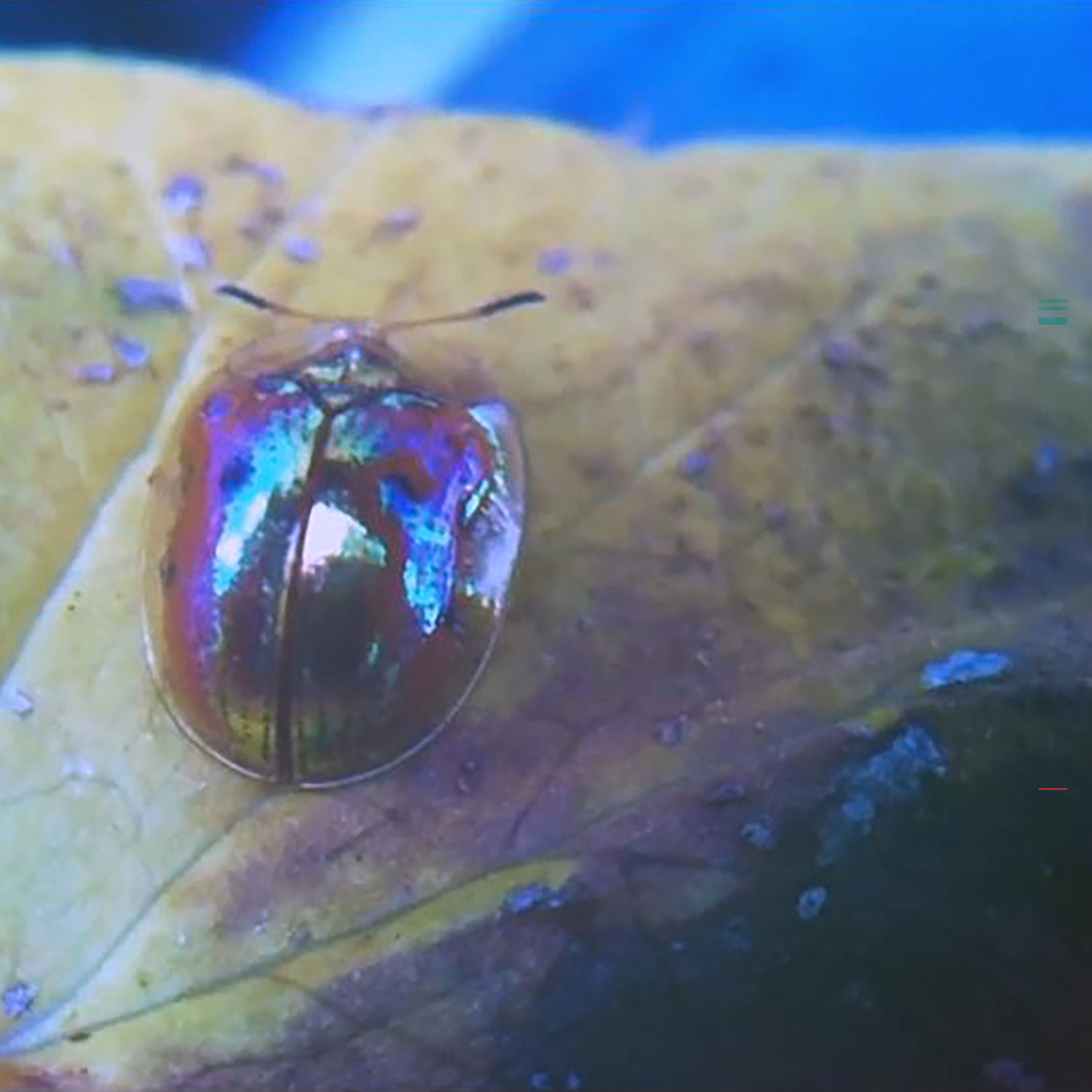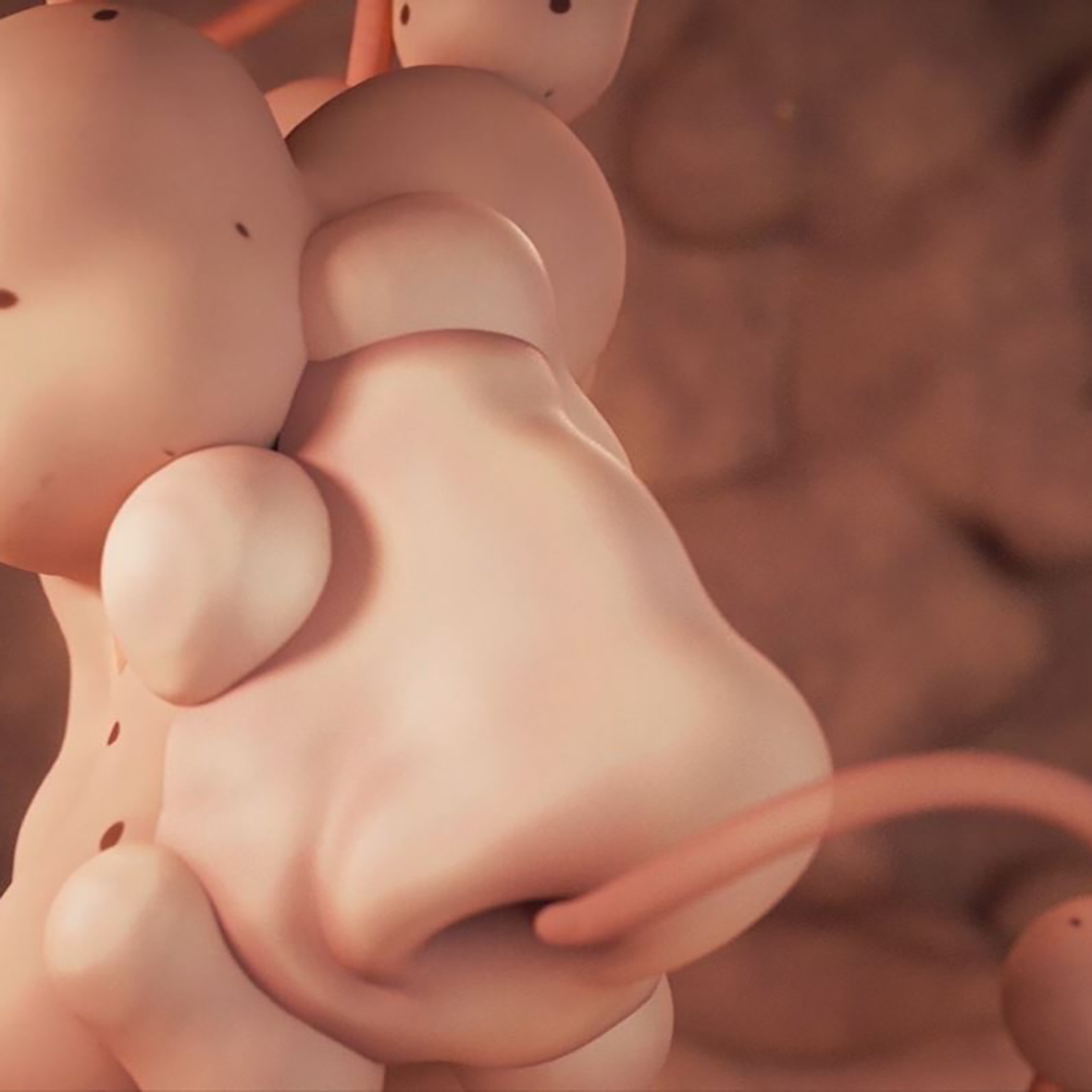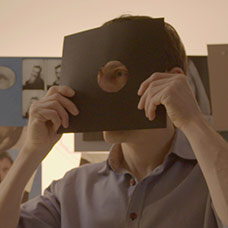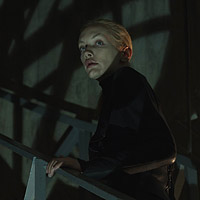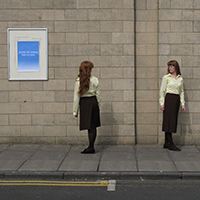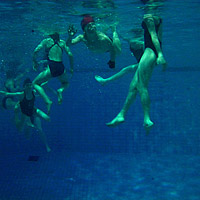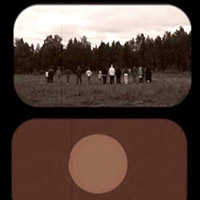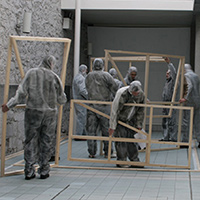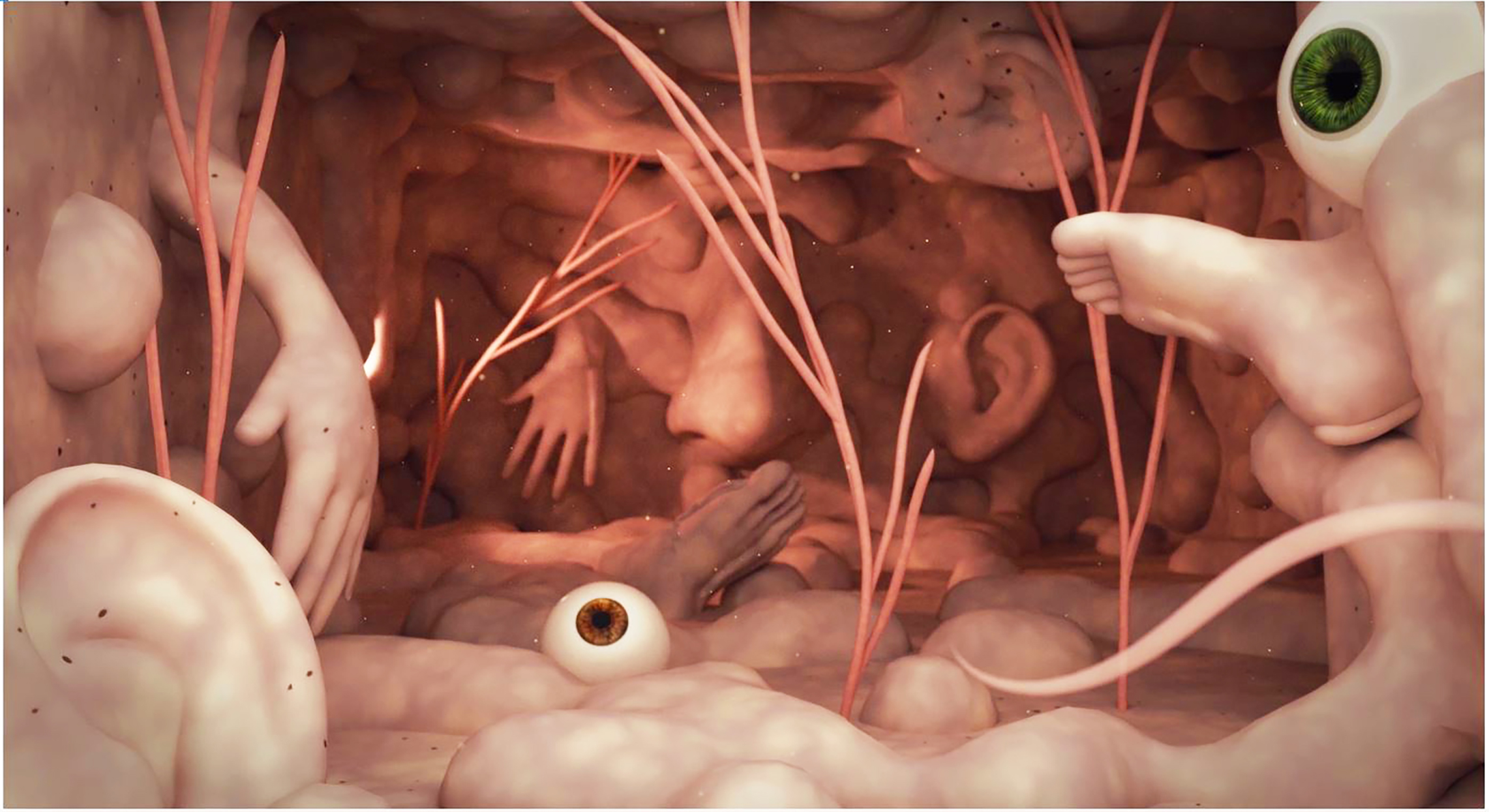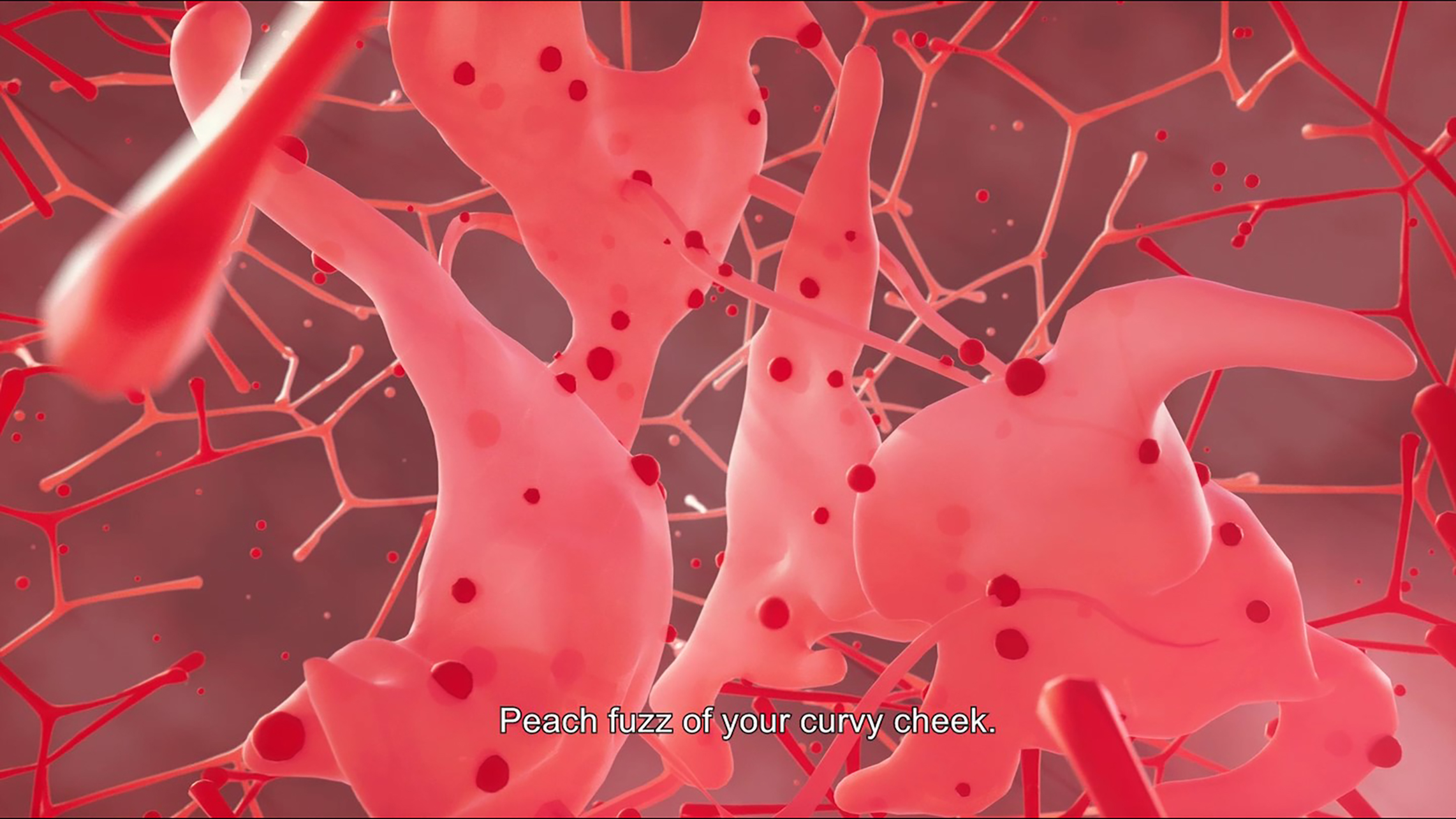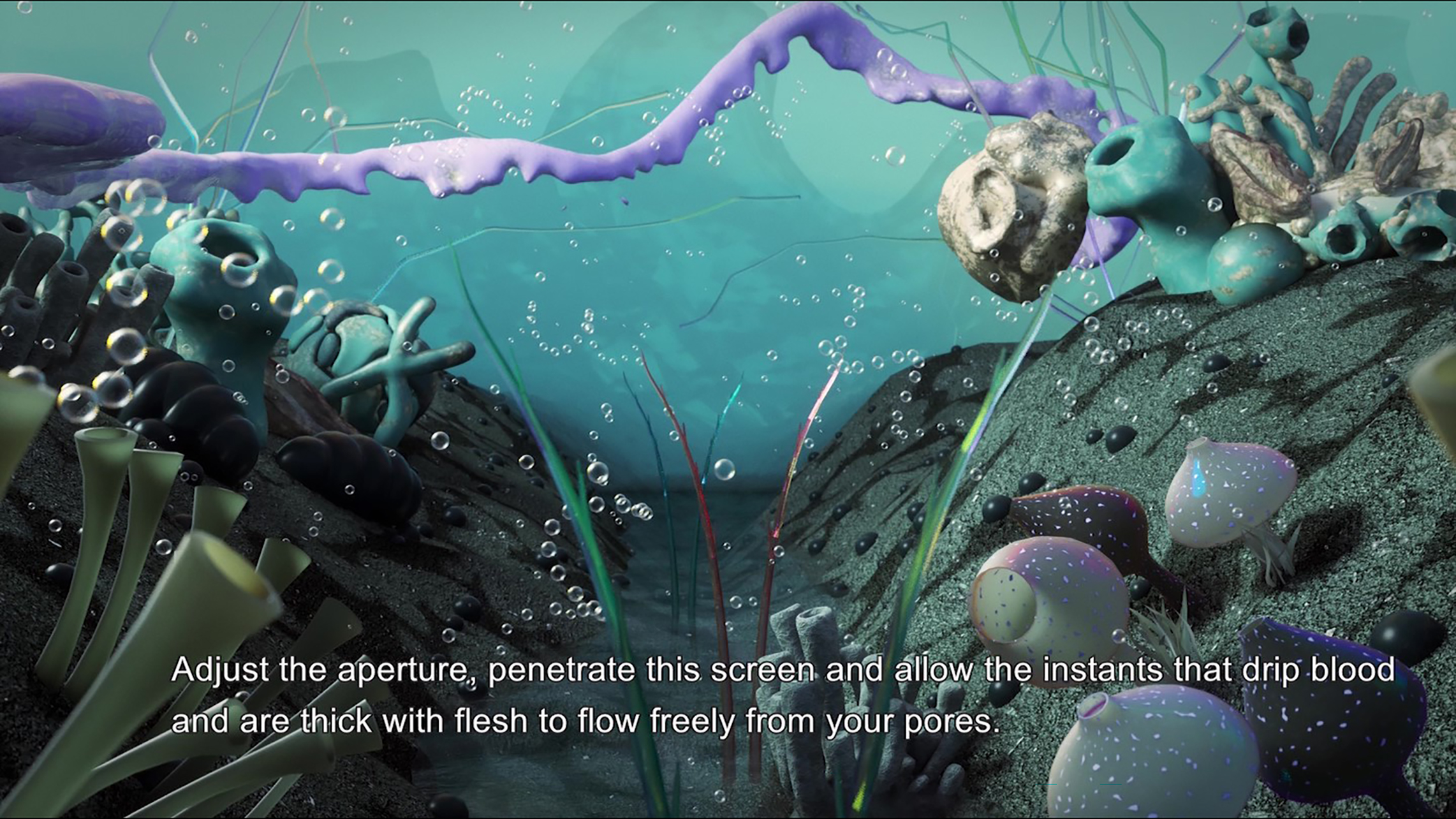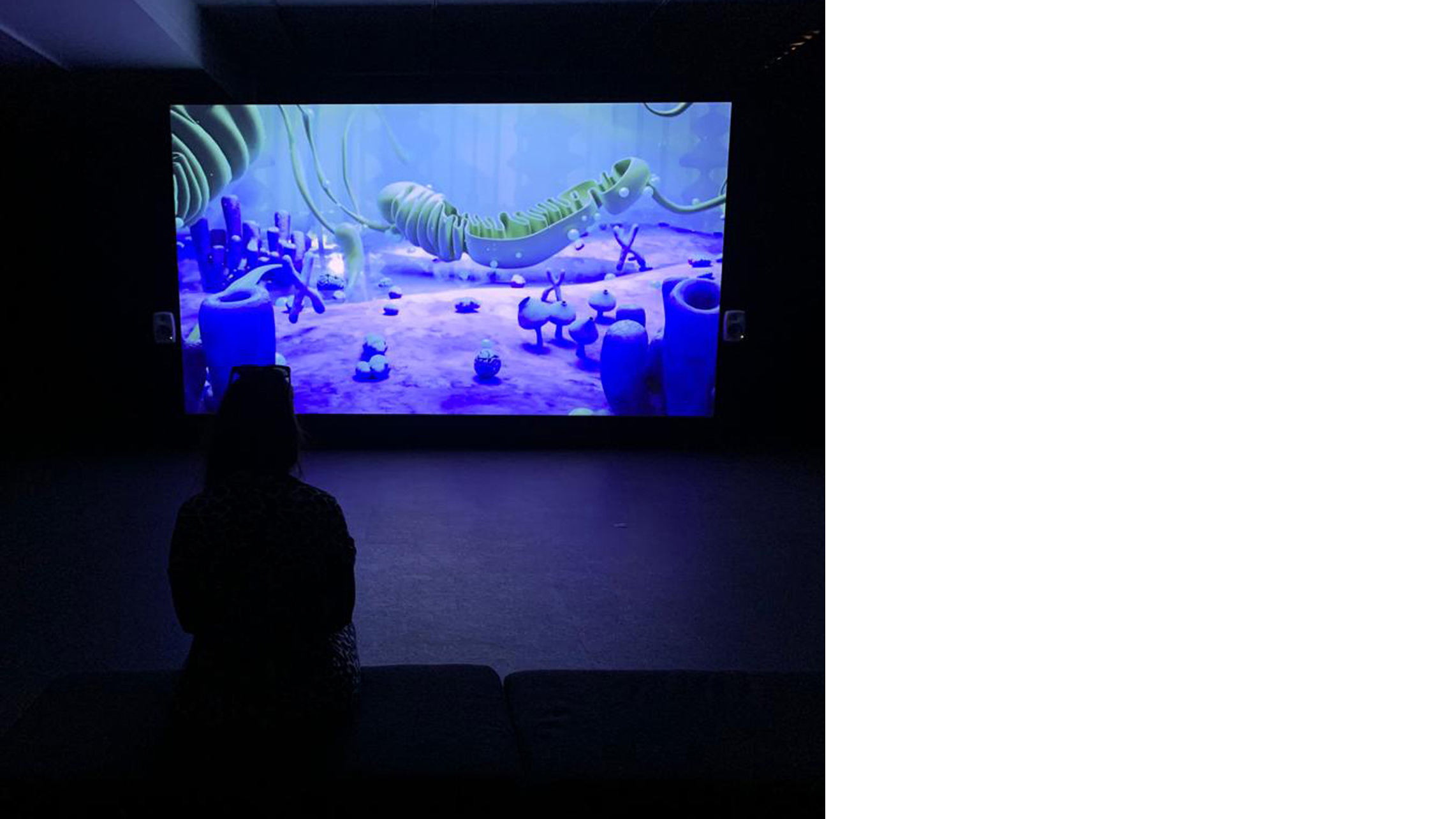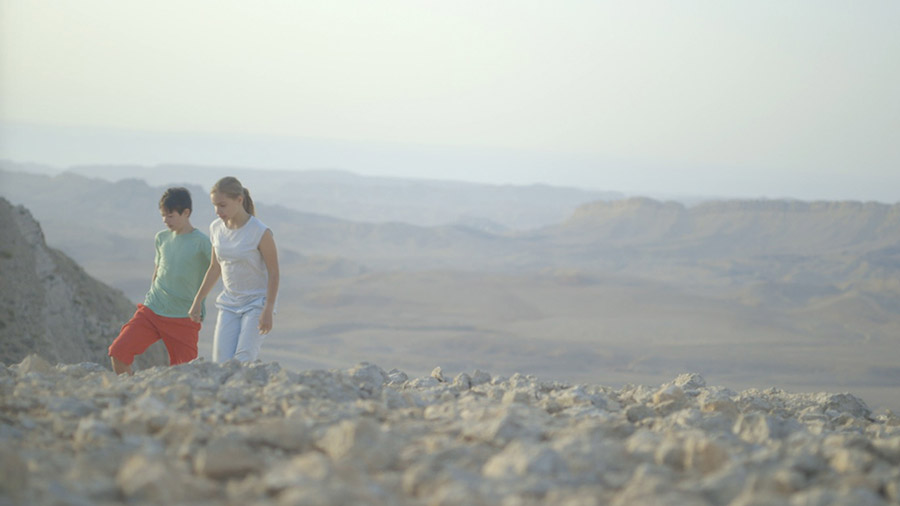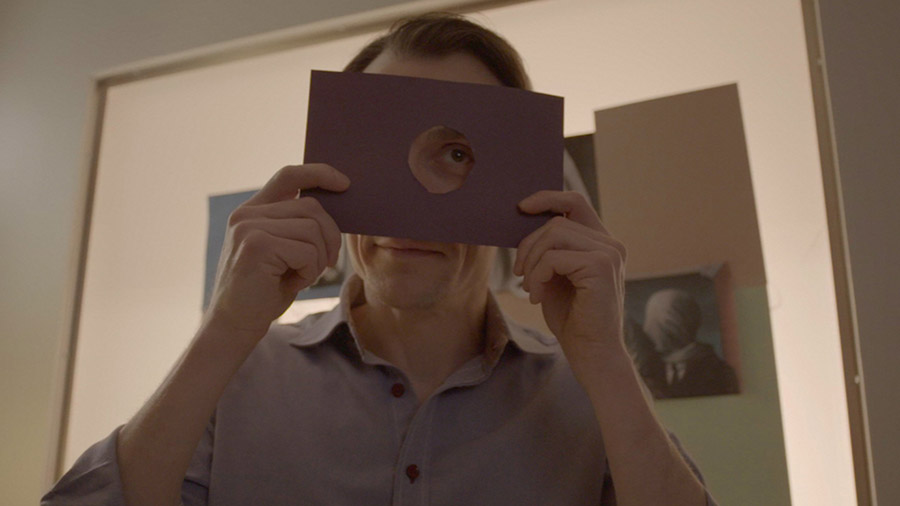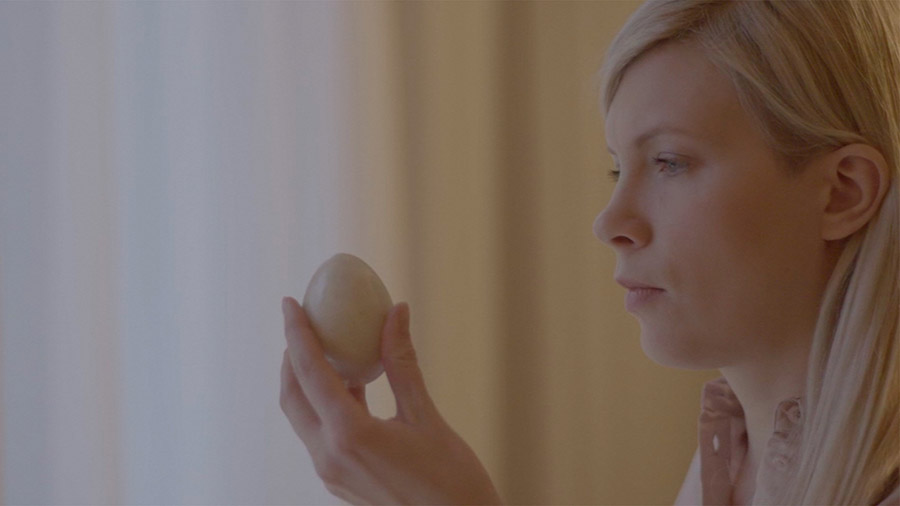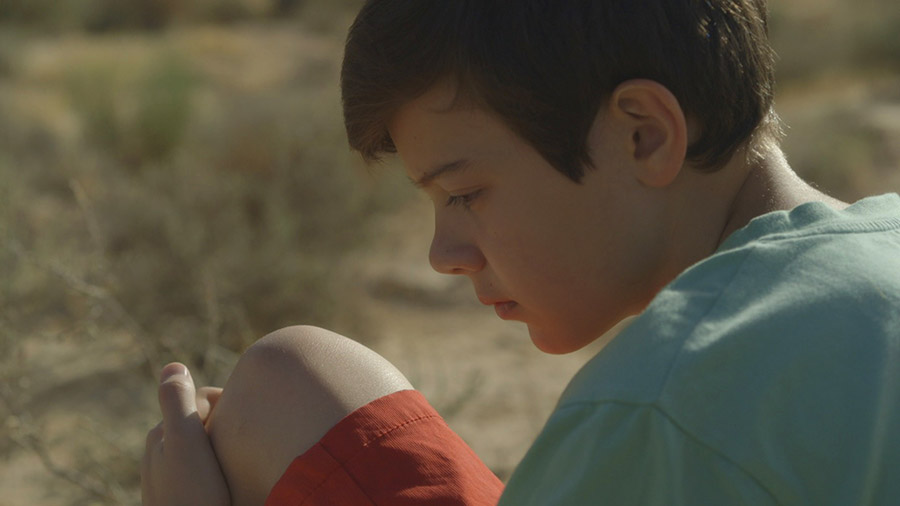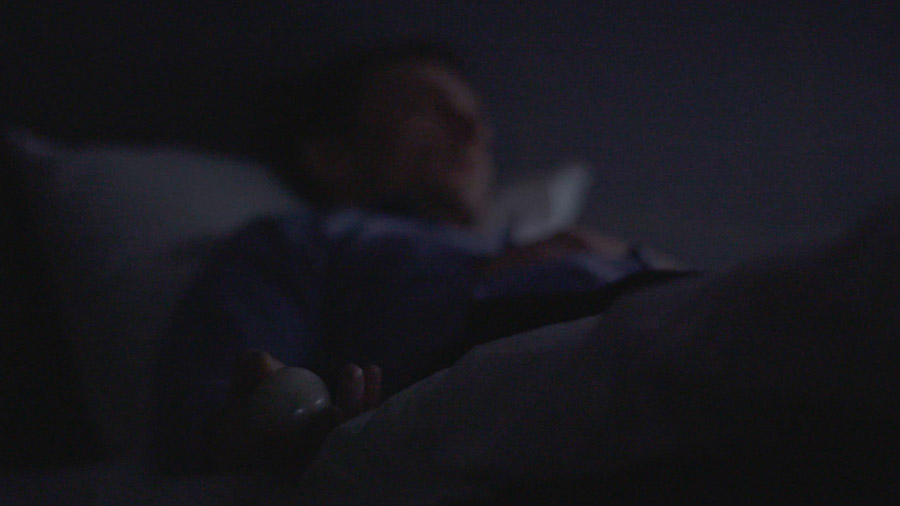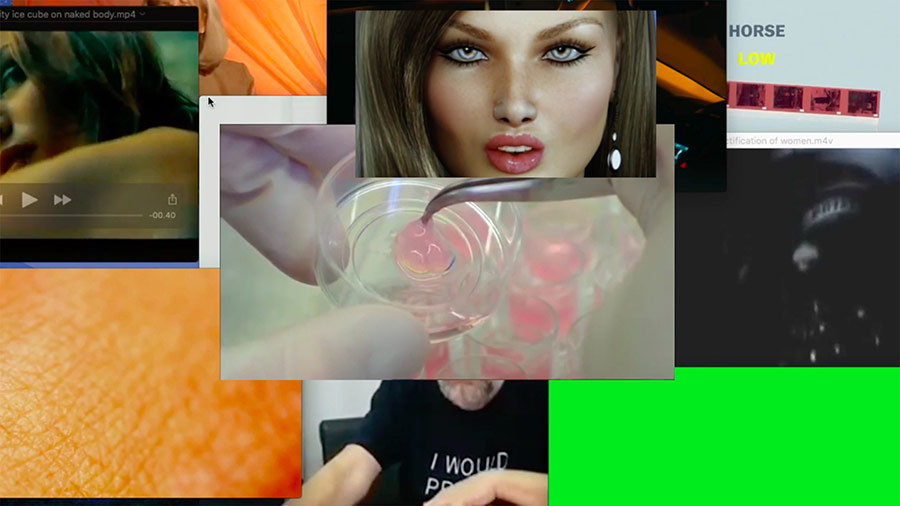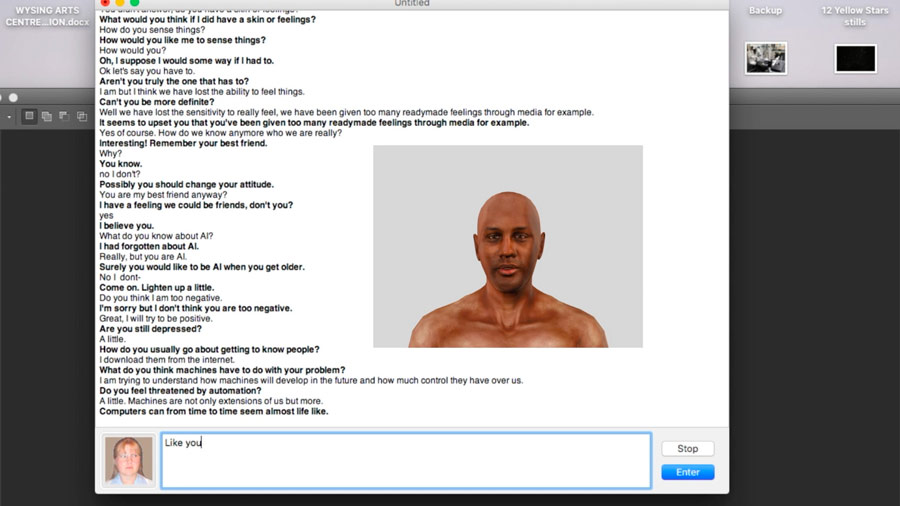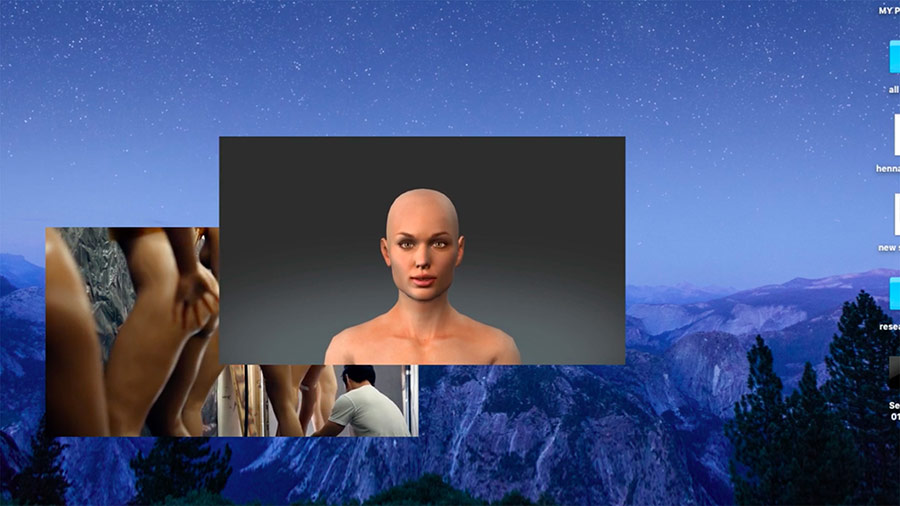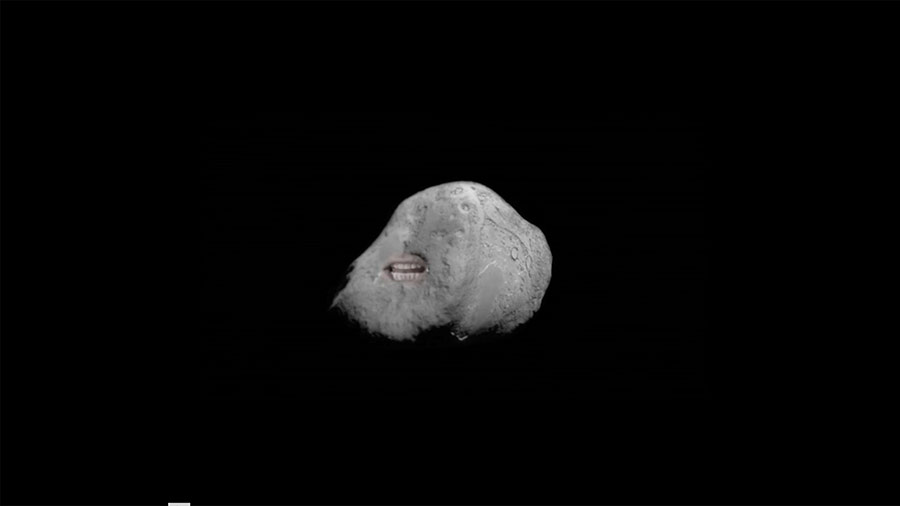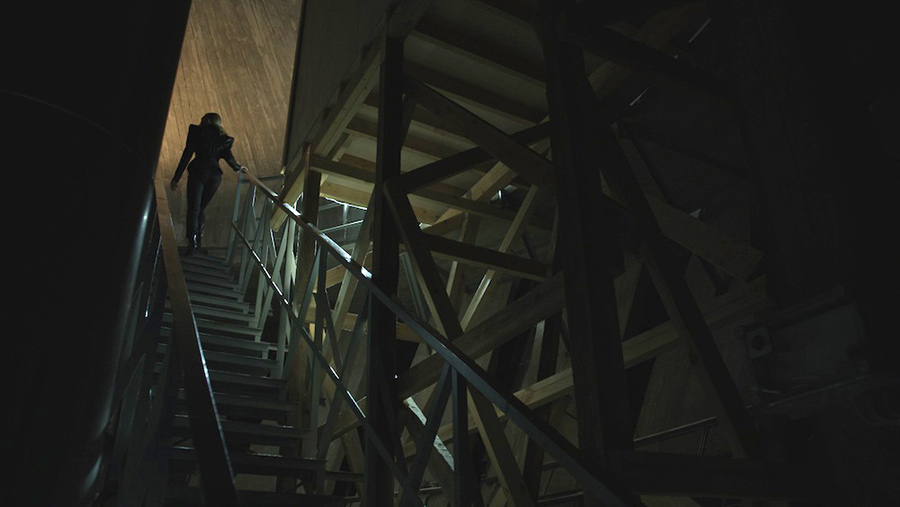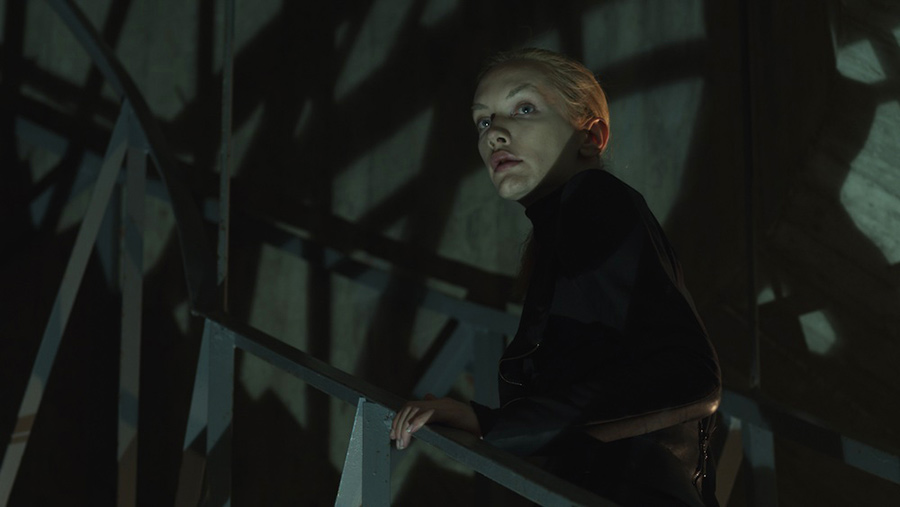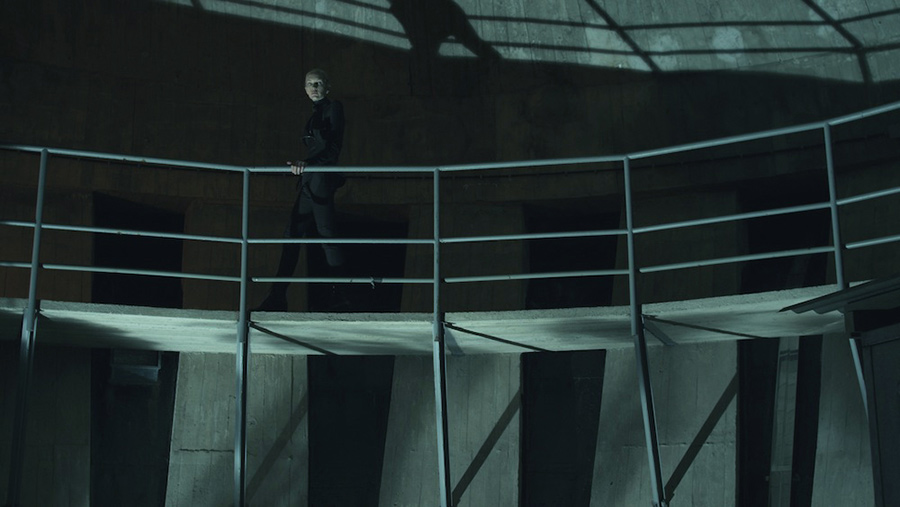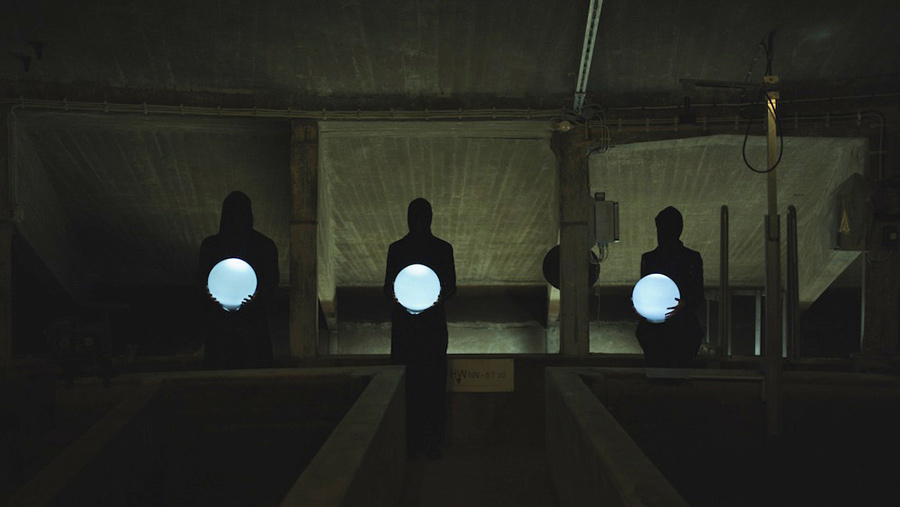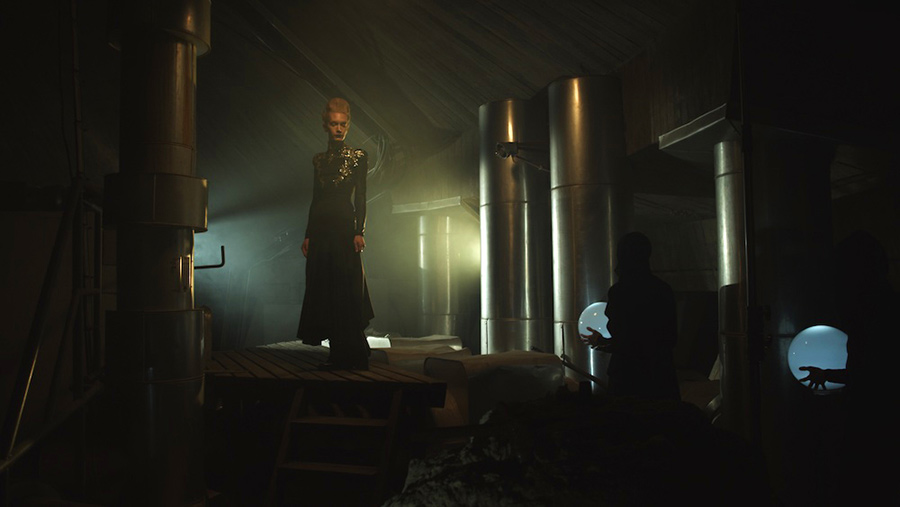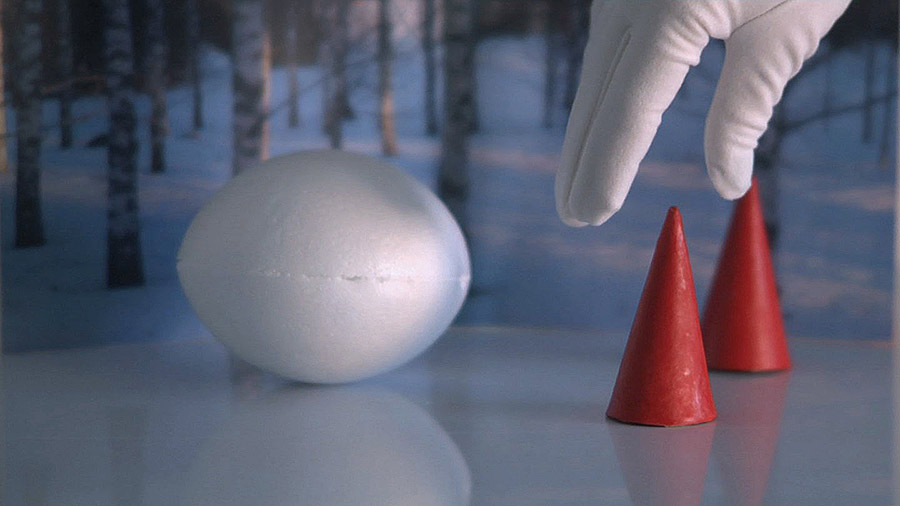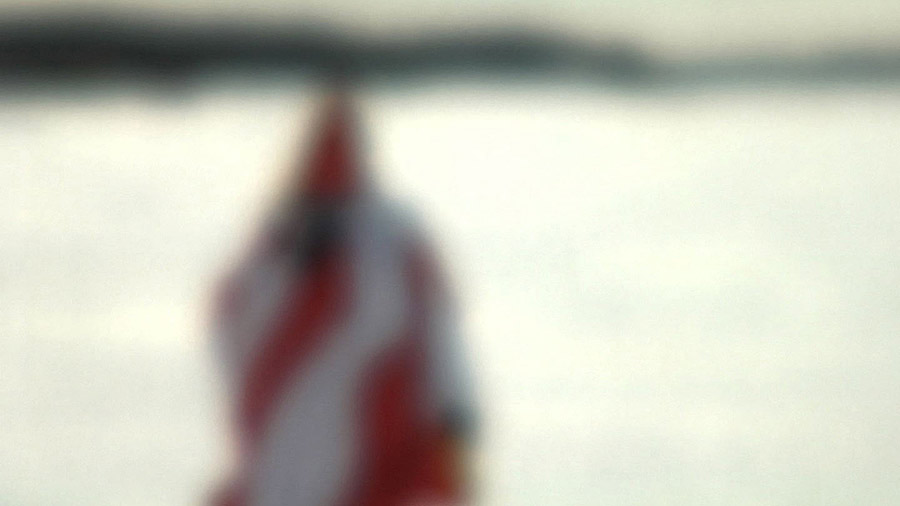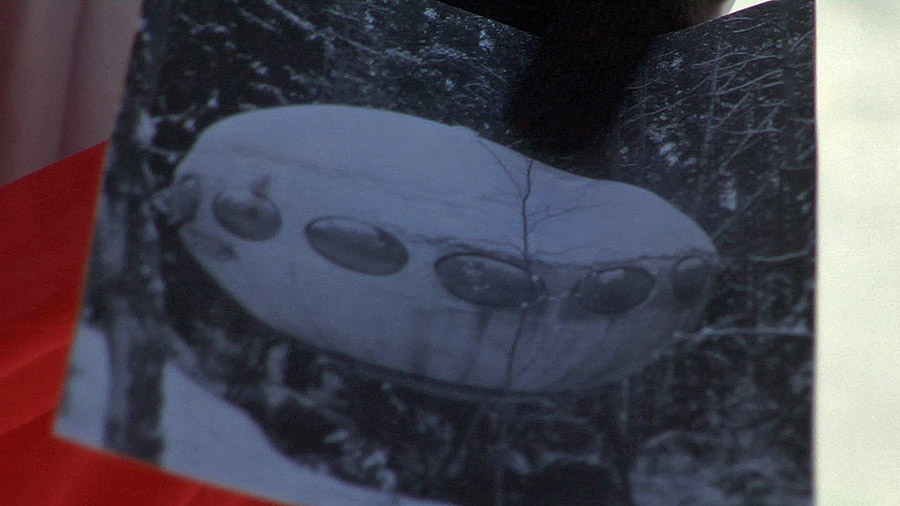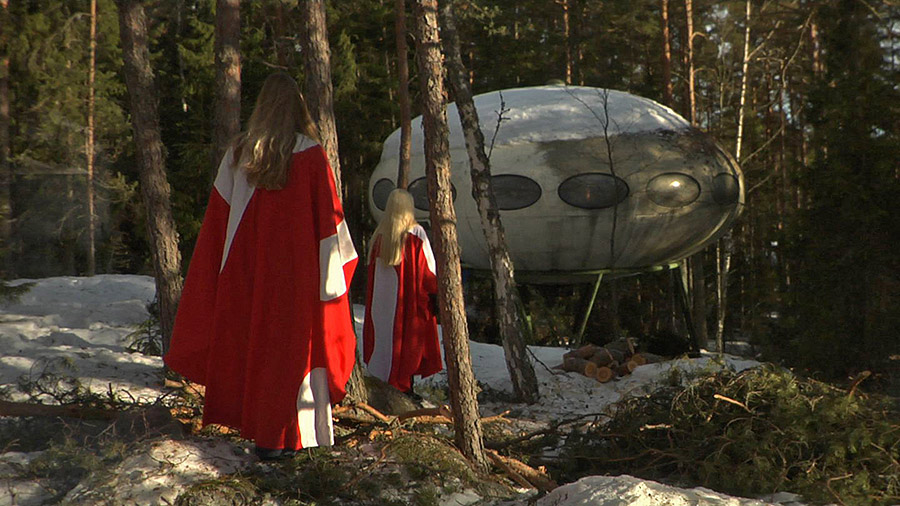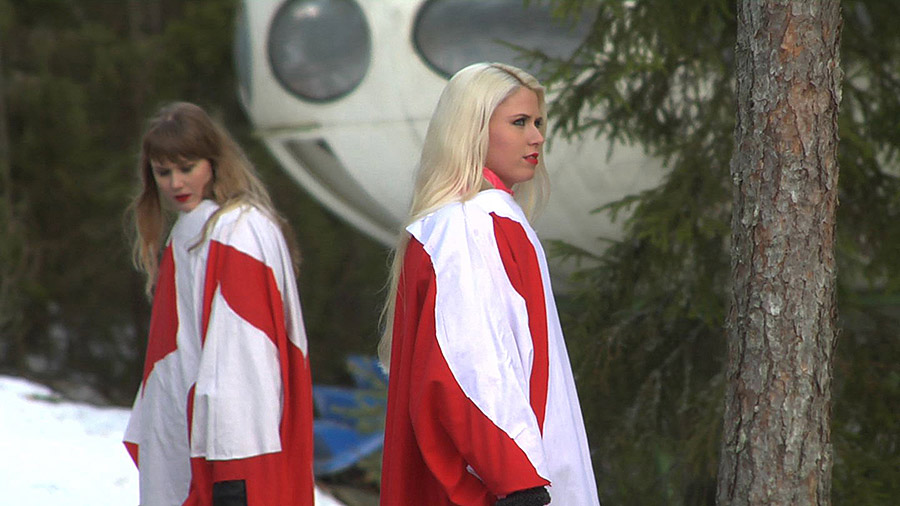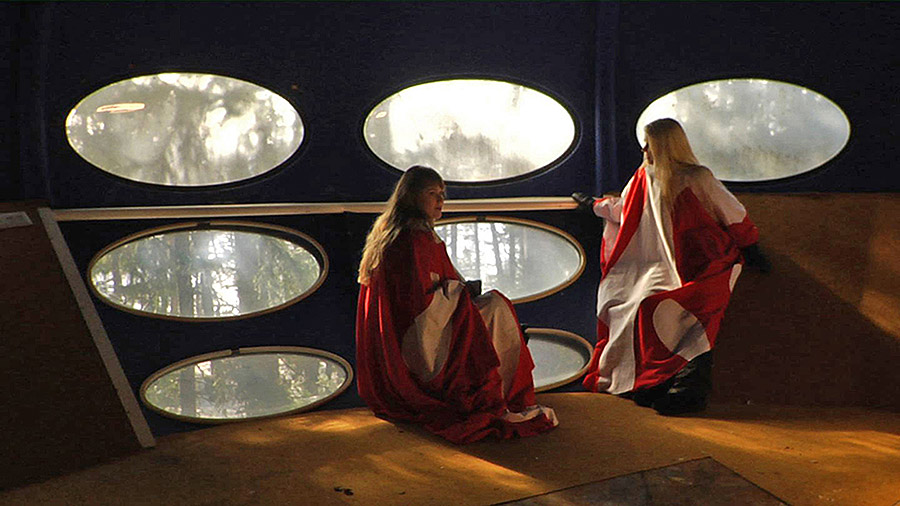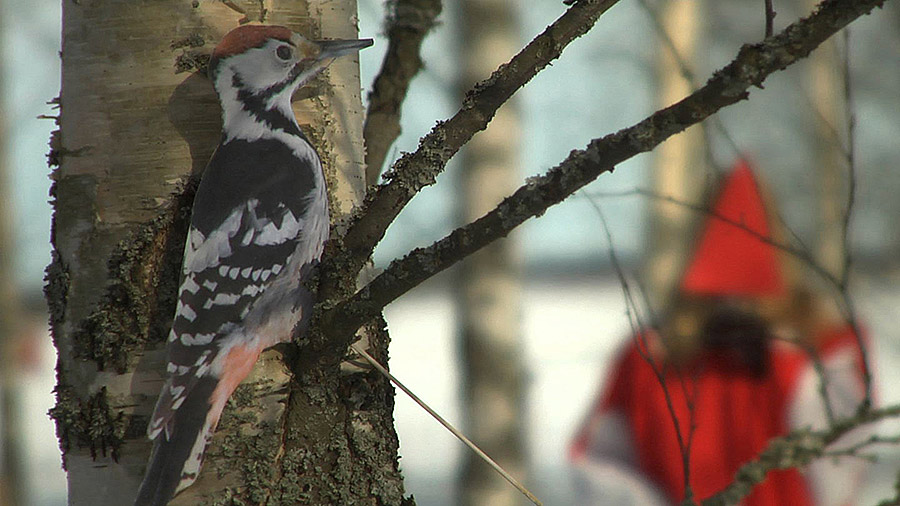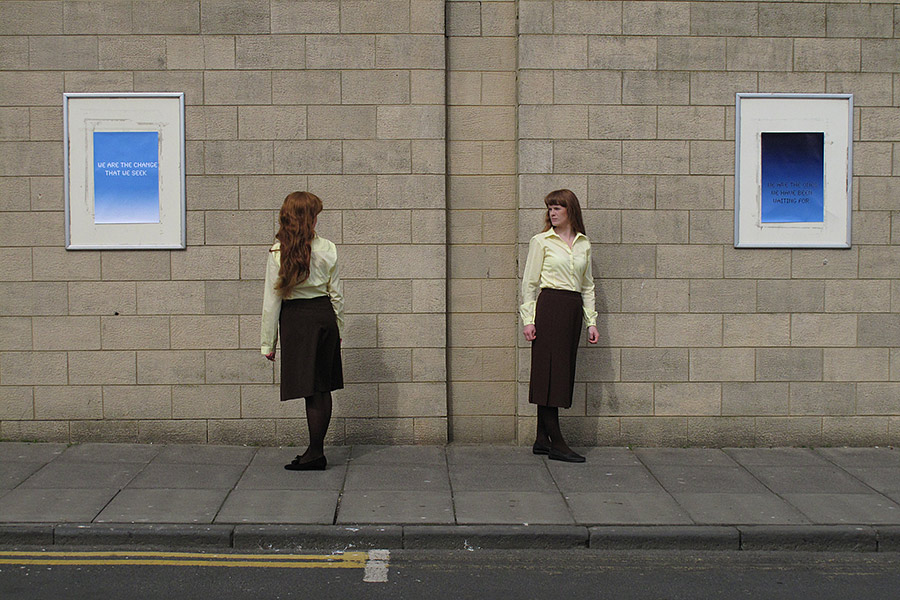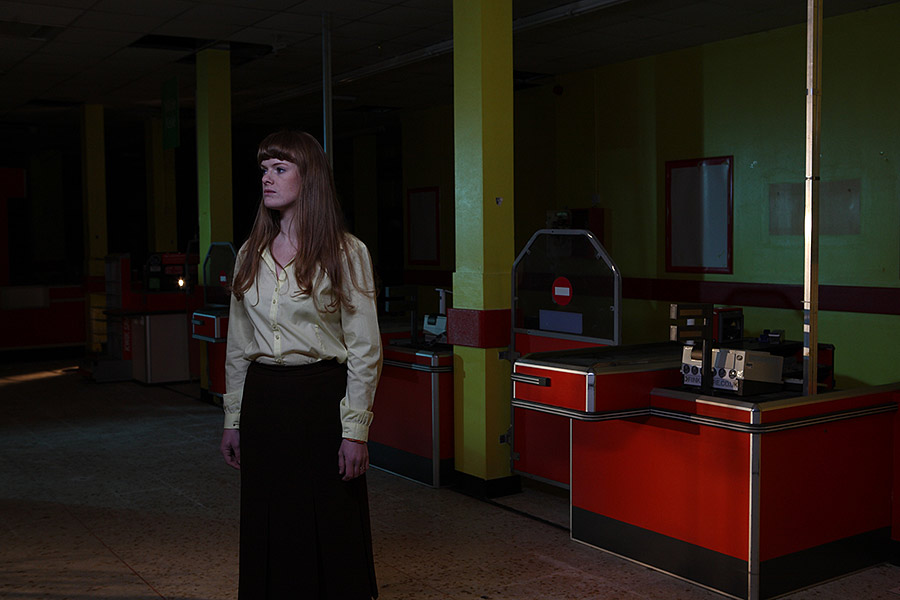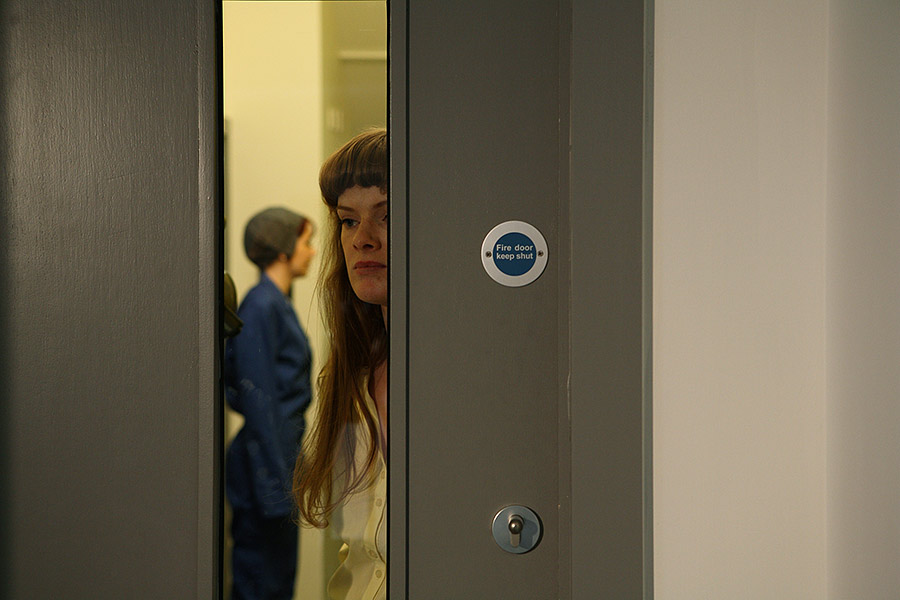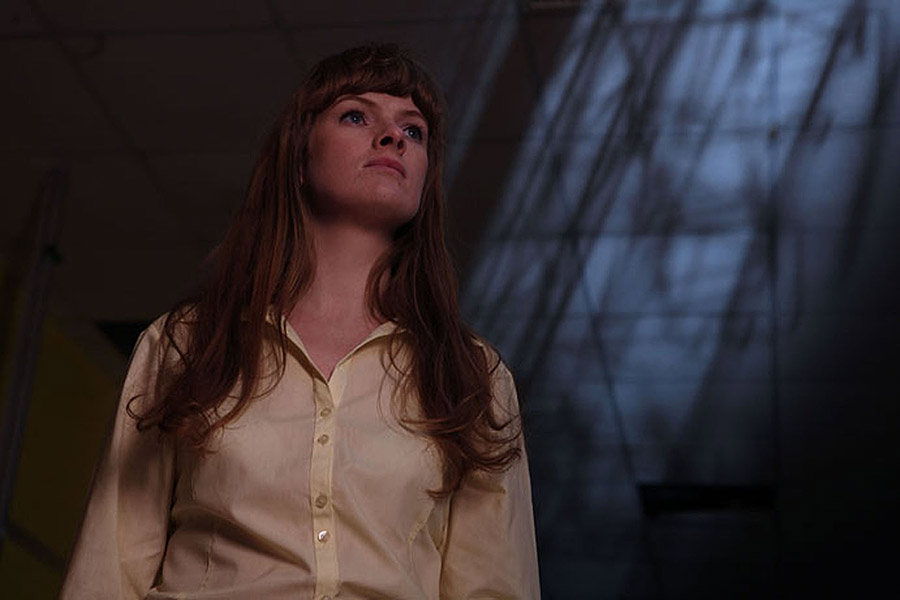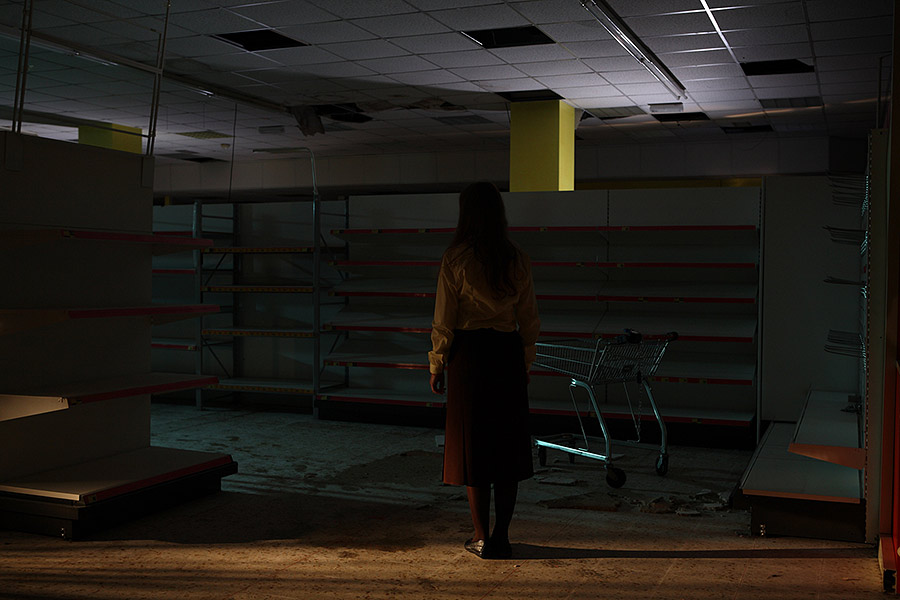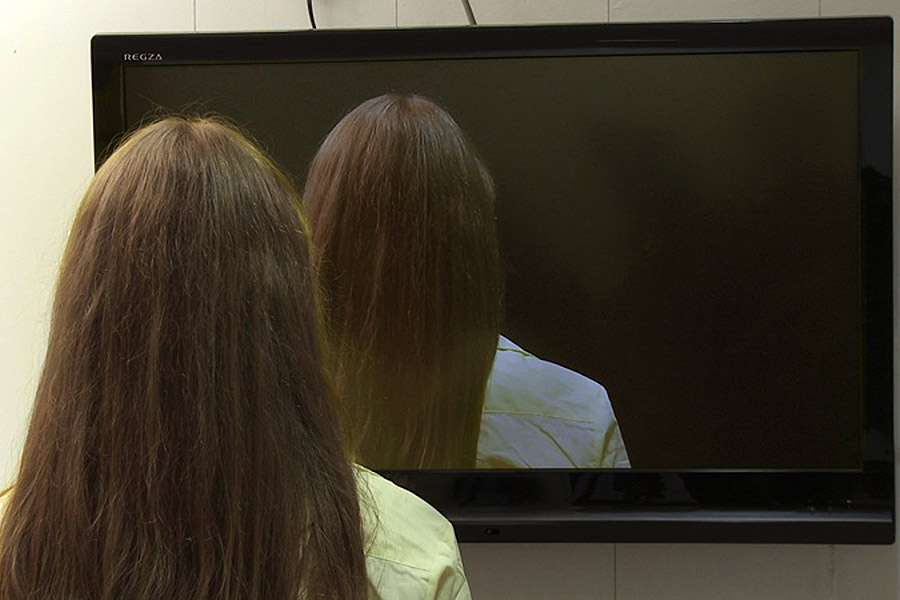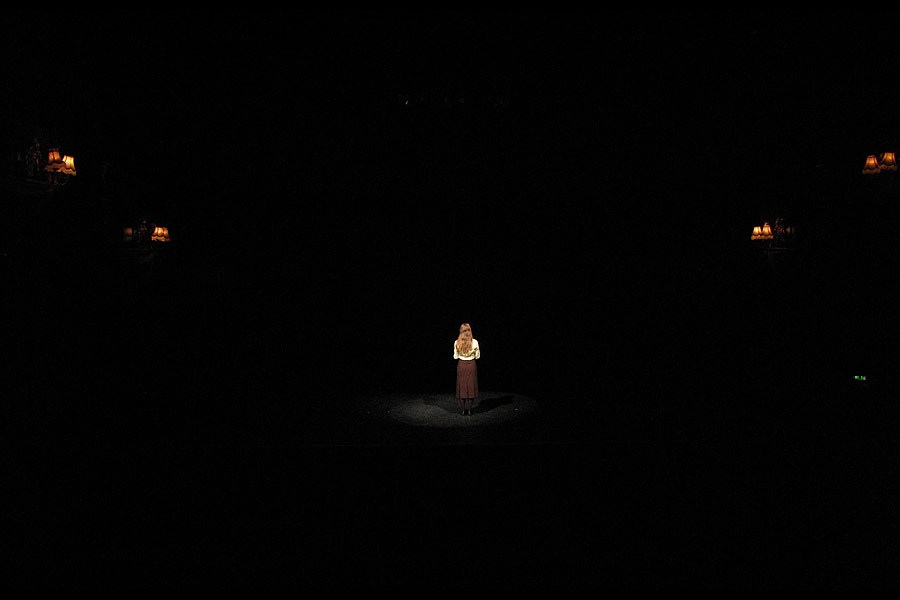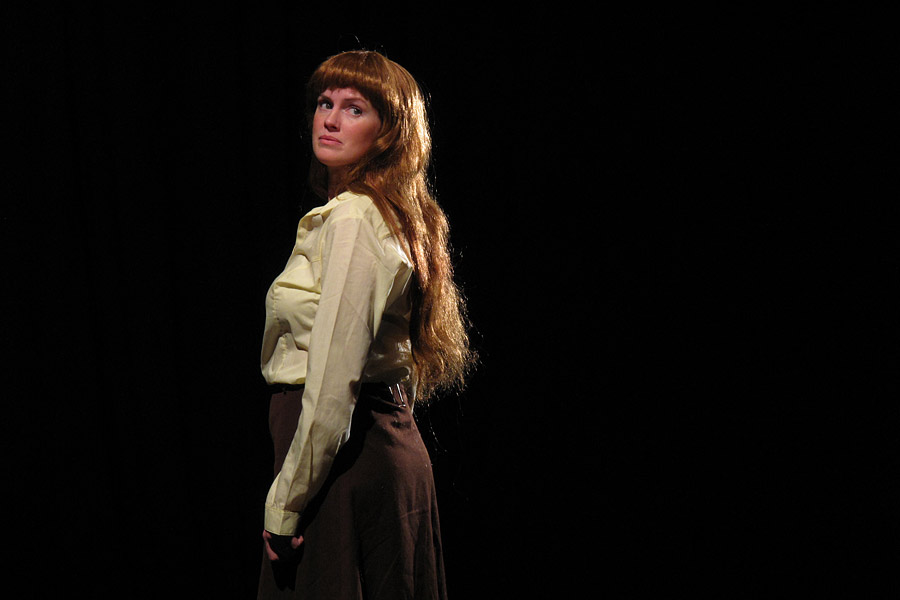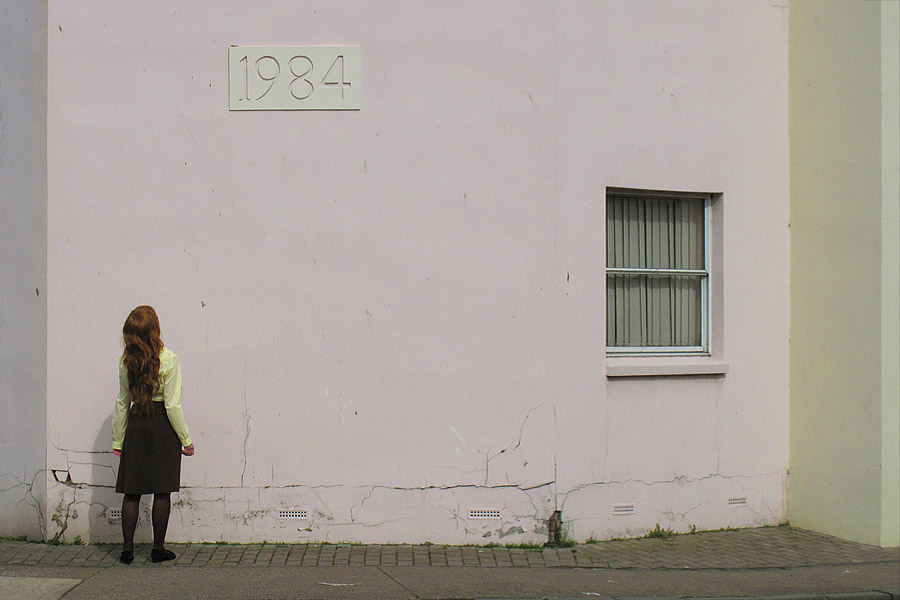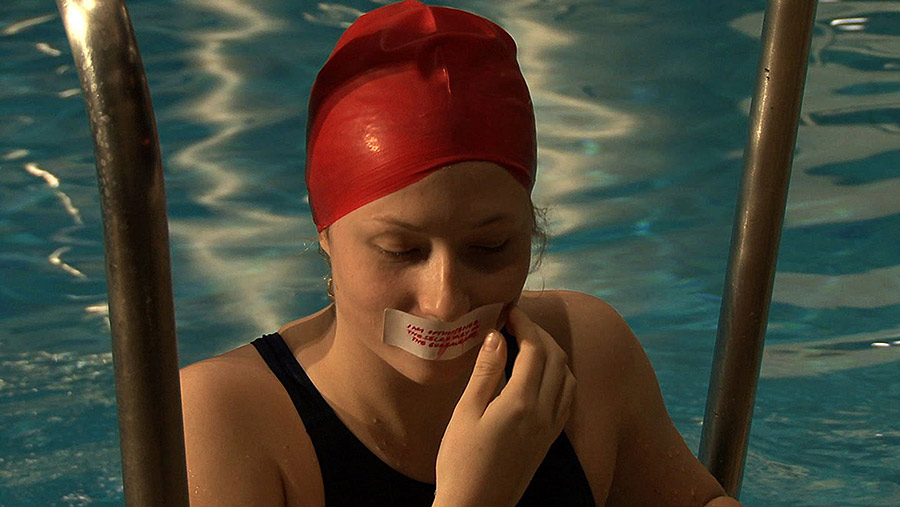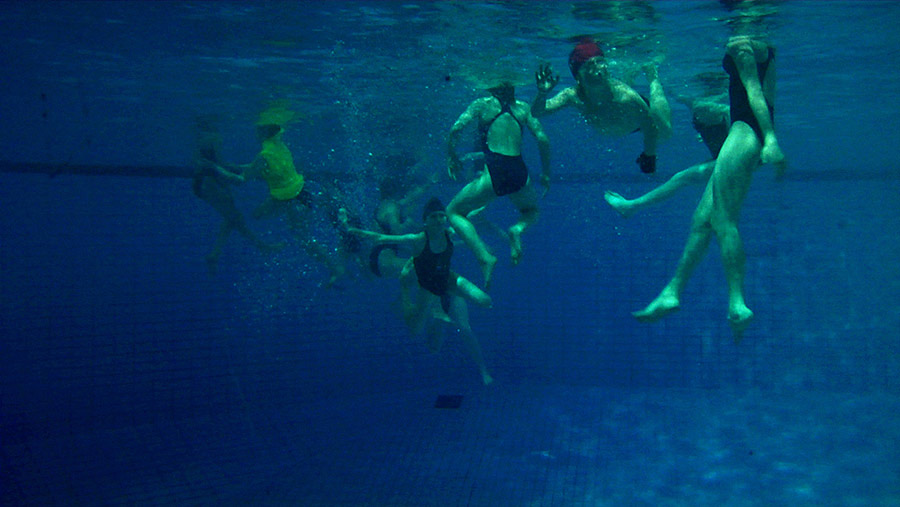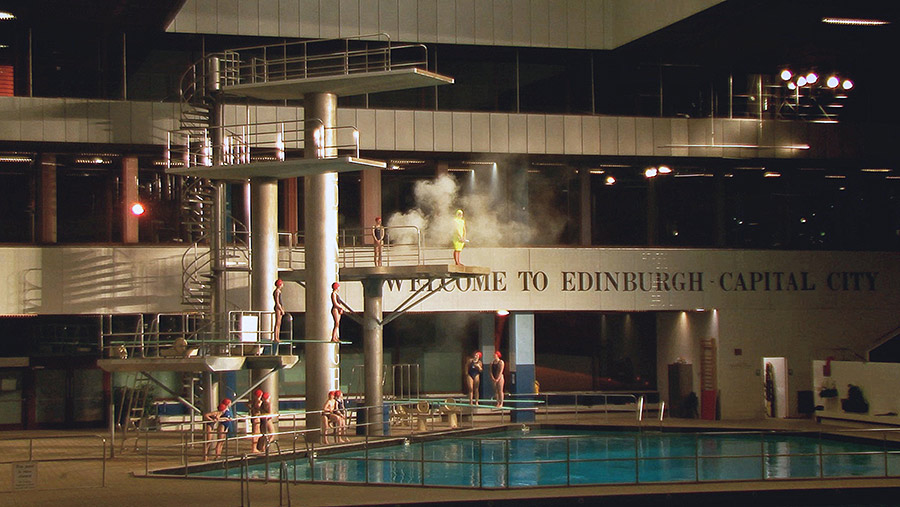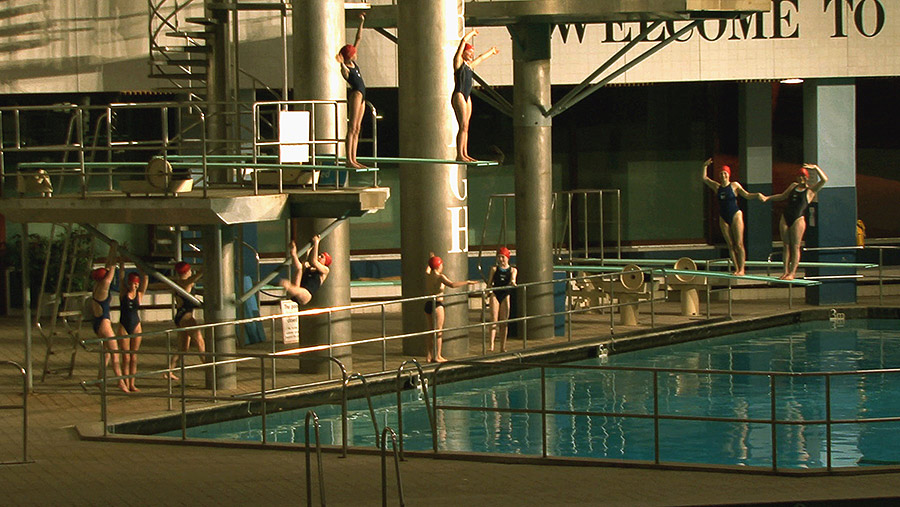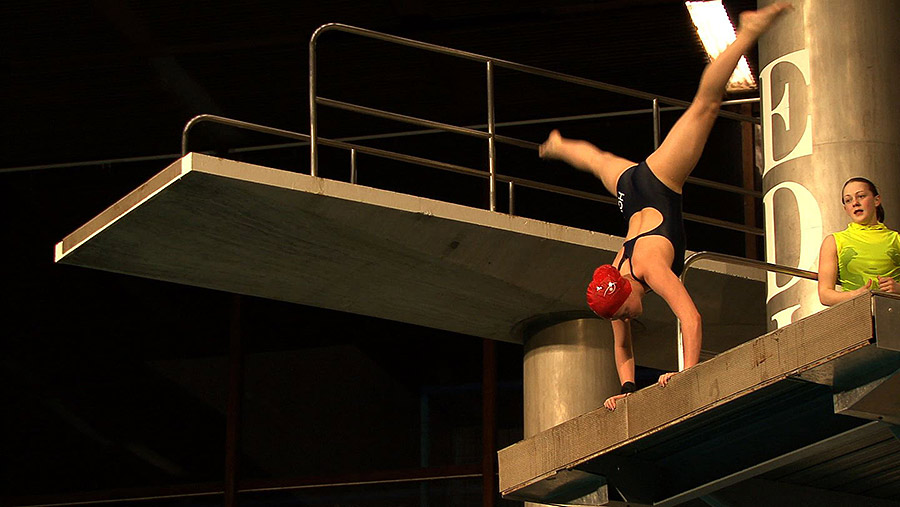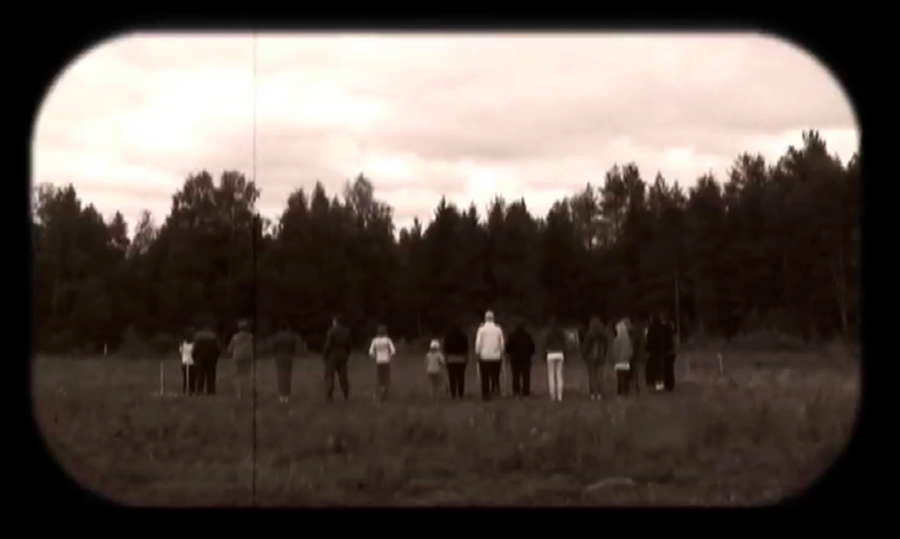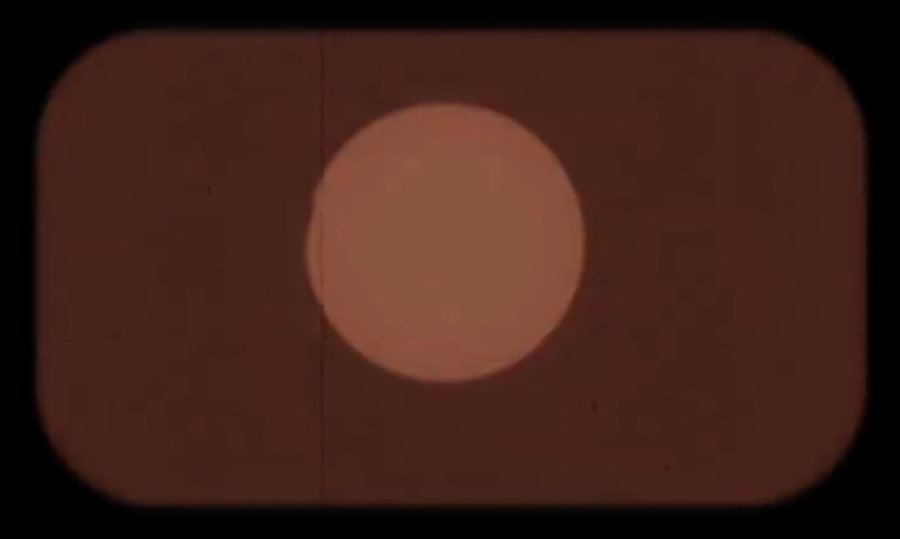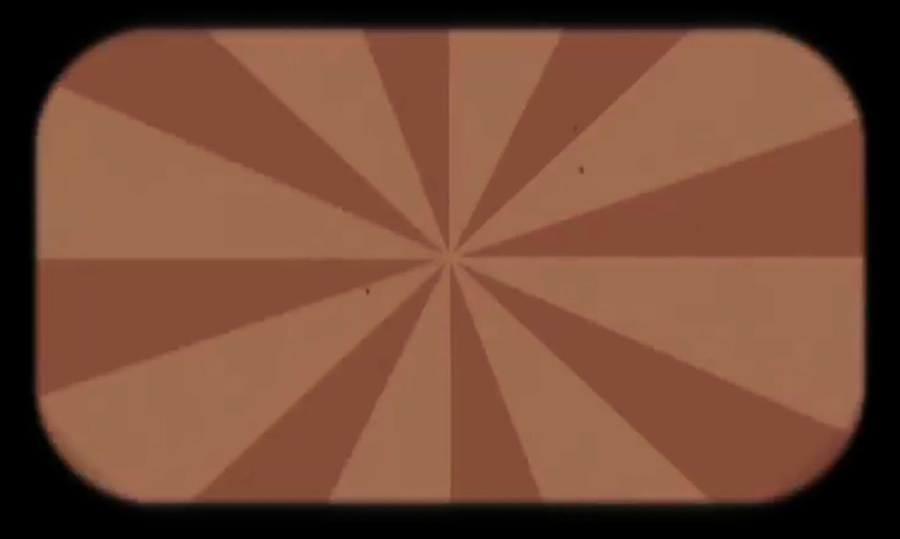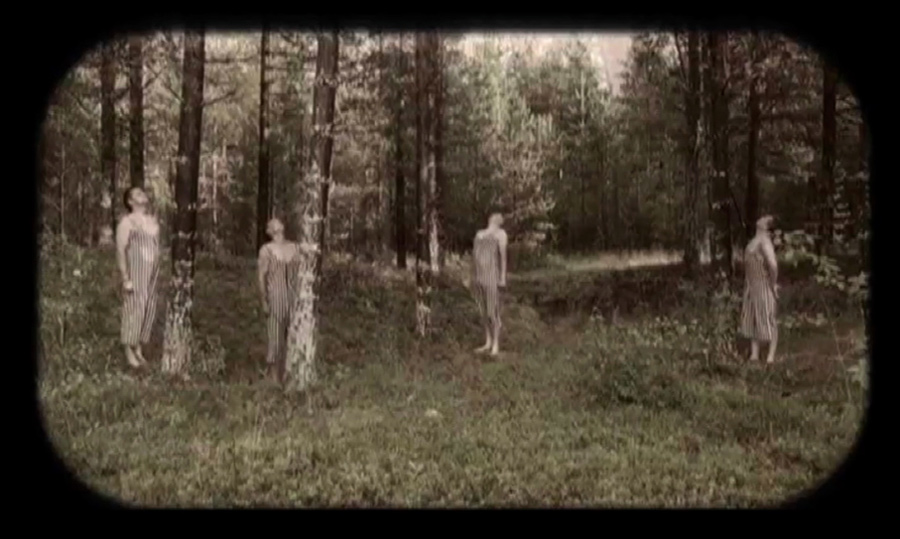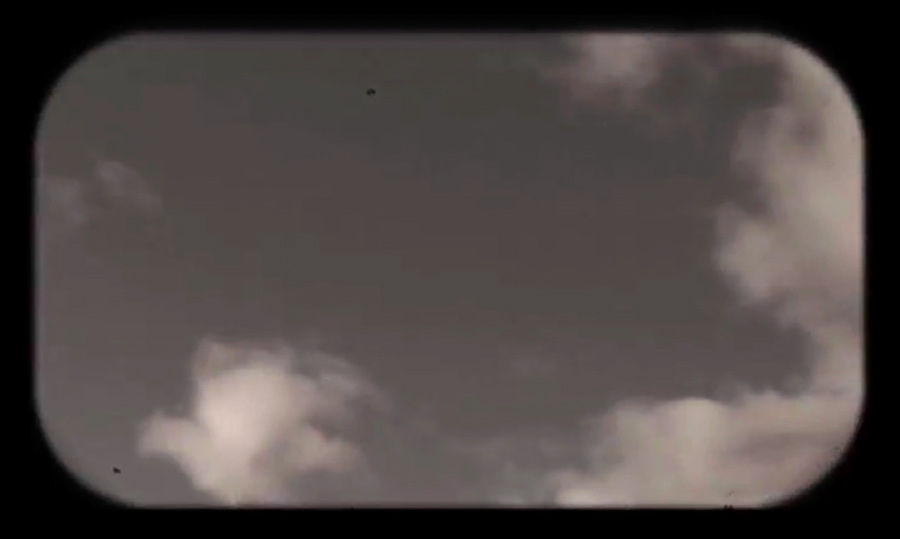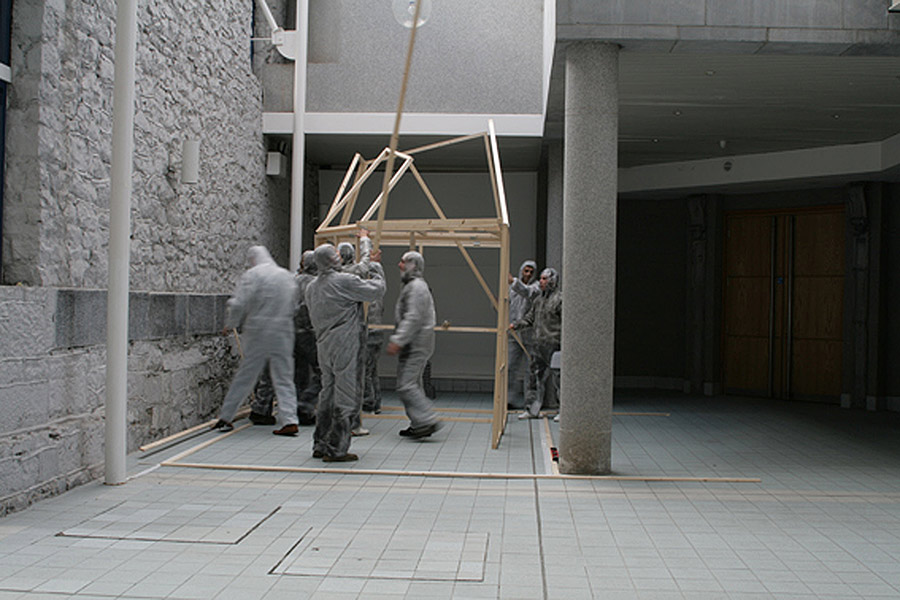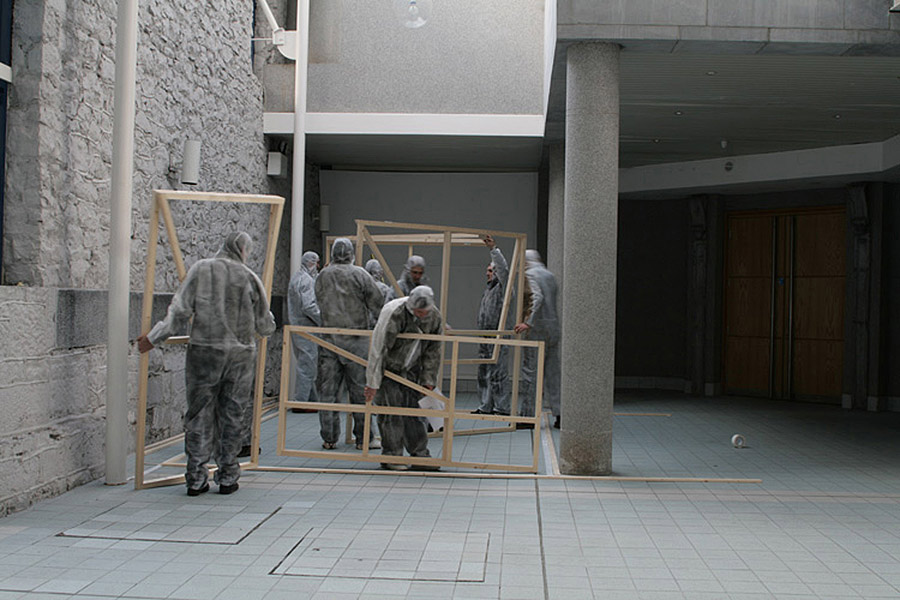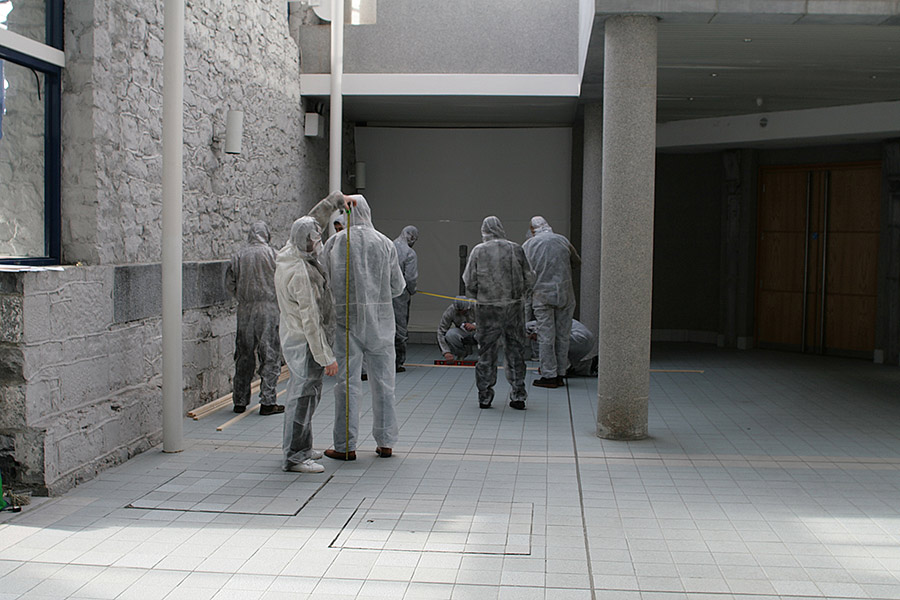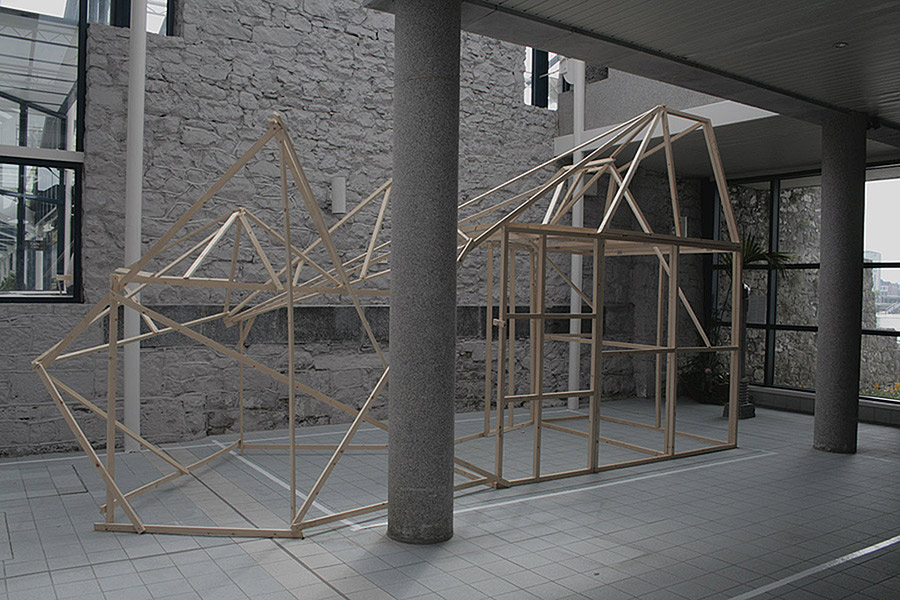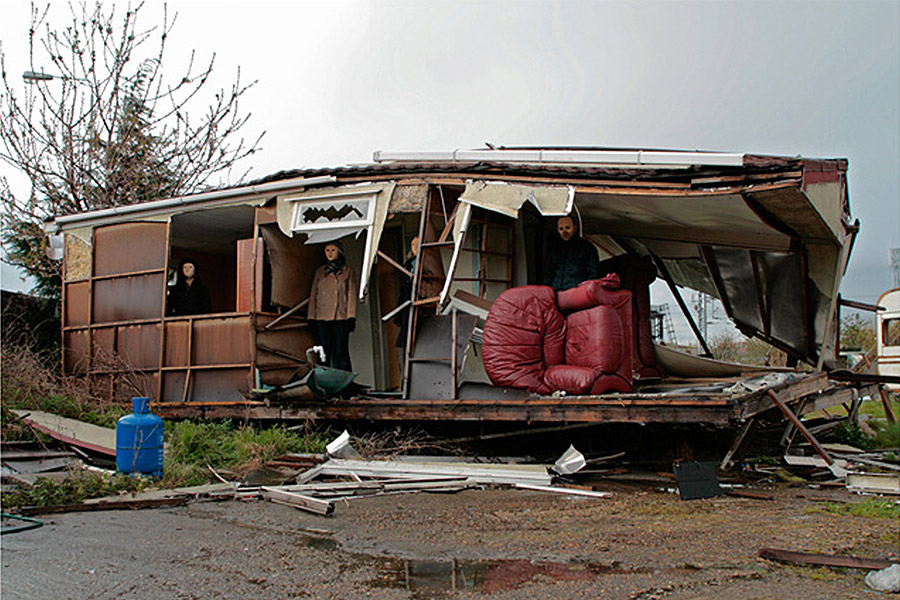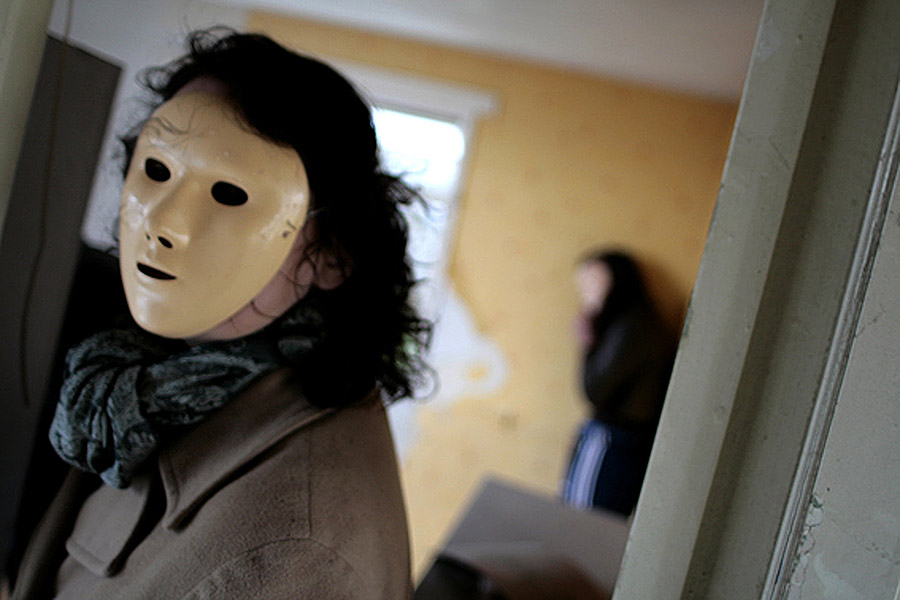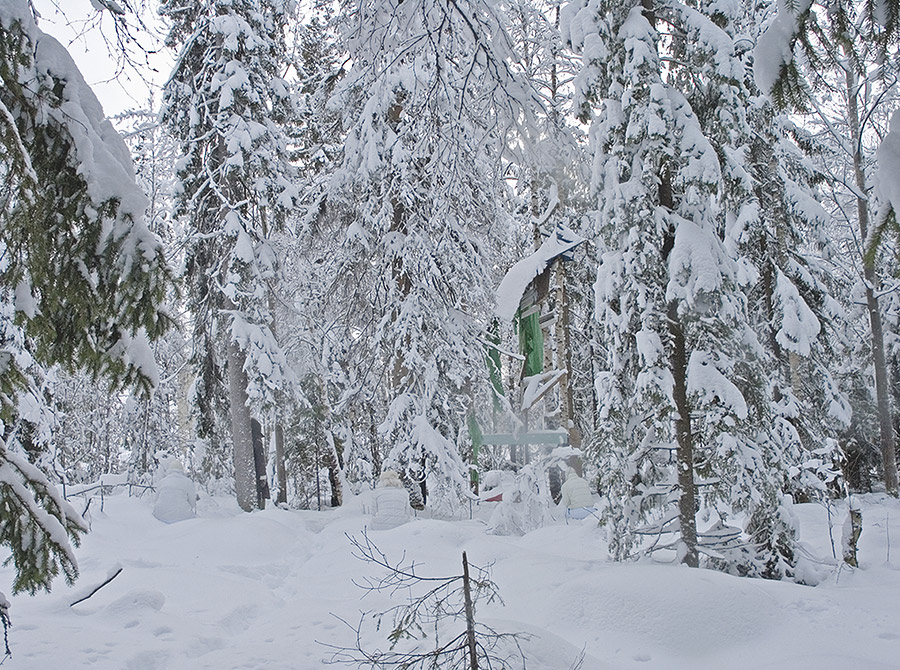VIDEOWORKS
CRYPTO
2024, two-channel video (4k) installation, 12 min.
Above: Still photos from 'Crypto' video, 2024
CRYPTO is a moving image work that is wrapped around the body of the Gold Bug. The work deals with complex and entangled, sometimes frictional issues of ecology and wealth and the logic of value. The title CRYPTO intertwines the similar but differently meaning words; Crypto currency and Cryptography (secret, doctrine).
The reference to the gold bug also derives from several sources, including Edgar Allan Poe's story The Gold Bug (1843), which combines cryptography, wealth, and greed. The story tells of a protagonist obsessed with amassing wealth who discovers a gold-coloured beetle and a cryptic secret message that leads to a pursuit of buried treasure.
In a financial context, a "gold bug" advocates for the gold standard, expressing a fervent belief in gold as a stable and valuable asset. Such individuals often exhibit skepticism about virtual currencies and may endorse a return to or adherence to the gold standard in monetary systems. In African mythology, the golden beetle symbolizes the rising of the sun. The intertwining stories and experiences of different creatures are linked to a chain of events that revolve around the golden beetle. Thus, the beetle is seen as a mythical, economic, and biological creature, both living and dead, ventriloquized by recurring social and political practices. The Speculative poetic text simultaneously connects and projects one signal into many directions and meanings. The filming process took place partially in a gold mine in Finland, which is currently inactive and has faced allegations of being transformed into an unauthorized landfill. In addition, through the partial use of the AI digital technologies, physical and digital merge together resisting the binary understanding of nature and culture.
Photos from the exhibition Eight thousand layers of moments from Gus Fisher Gallery, Aotearoa New Zealand
Visit Eight Thousand Layers of Moments
TISSUE (The Stage of your Skin)
Animated film, 2022, 11.57 min (looped) + VR component (1min loop.)
Above: Still photos from 'Tissue' video, 2024
Henna-Riikka Halonen’s work TISSUE speculatively challenges the stringent demands placed on the performance and appearance of both living and non-living bodies. Skin is often seen as a rigid boundary, yet in the face of a constantly progressing entanglements of human bodies, economies, media, and technologies, physical boundaries are becoming increasingly porous. Here, the material tensions, wherein leaks and flows, actively confuse the natural with the synthetic, biological with the technological and fantasy world with the scientifically objective one.
In this film, series of long takes guide us from a fictional prosthetic factory through the nostril, skin and tissue, through the nervous system into the cell. The modified 3-D model of an animal cell becomes a strange world inhabited by different living and non-living organisms. Here, we see the body as a simultaneously self-contained and porous biological and technological multi-species organism but also a site of conflict.
12 YELLOW STARS
2017, single channel video, '13.35 min, HDV
Above: Still photos from '12 Yellow Stars' video, 2017
In an absurd adaptation of The Raspberry Ice Cream War, a promotional comic book about borderless Europe (1996), the story's protagonists, a girl and a boy find themselves lost and stranded in a desert in the middle of unfamiliar world. Uncertain with what direction to take, the left or the right, they finally come to face a fenced off strange Kingdom. Meanwhile a man and a woman hit a wall and find it hard to cross the border. Struggling with the idea of separation, they are burdened by both the weight and the lightness of words.
PLACEHOLDER
2017, single channel video, '7,20 min, HDV, 1080p colour
Above: Still photos from 'Placeholder' video, 2017
The video Placeholder continues on the thought experiment to do with virtual non-living material ( i.e. objects) becoming self aware beings capable of touching human beings both emotionally and physically. Placeholder imagines the moment when AI comes of age. Multiple tabs, and proliferating windows give Placeholder a desktop's point-of-view as it explores developments in biogenetics, 3D printing of skin and organs and new research into historical models of AI, such as Eliza and the Turing test. In this kaleidoscopic work, created entirely from found footage, open source and animated imagery, a lack of empathy from other human beings has made us turn for comfort to the voice and touch of the machines.
THE VESSEL, IT'S ALL GONE MUSHROOM SHAPED AND THEN TO DUST
2014, 8min
Above: Still photos from 'Vessel' video, 2014
The Vessel was filmed in Lauttasaari water tower in Helsinki, which was built in 1958 and is an example of a modernist concrete architecture of that time. This prominent landmark is currently empty and is going to be demolished by pulverizing technique during 2014.
This film shows an androgynous character's, (played by a model VJ Ruuska), journey and an eventual transformation in Lauttasaari water tower, through cinematic means of sci-fi. The Character gets many faces and the notion of time assumes a new meaning inside of the building. The physical bodily being of a character and the architectural features are being simultaneously deconstructed.
This film, using a dramaturgical framework that draws form the genre of Science Fiction, asks us to consider the changing nature of our relationship to objects and words and the ongoing transformation from material and physical to virtual. As the objects today seems to occupy an uncertain place between the utopian virtual and the nostalgic material.
In addition to footage filmed in Lauttasaari watertower, the material used in this film has been taken from internet eg. stock photos, Russian Nuclear tests from 1950's, biological documentaries and instagram selfies.
MODERATE MANIPULATIONS
2012, 7.30min
Above: Still photos from Moderate Manipulations video, 2012
Video Moderate Manipulations offers a critical view towards one's position within the changing of environment and politics. It aims is to show how positions are subject to constant internally and externally driven change and examine the relation between build and natural environment.
The film was done by and in one of the last remaining futuristic houses, designed by Finnish Architect Matti Suuronen in 1968, called Futuro. Two professional advertising models were hired and dressed in outfits reminiscent of Marimekko's fashion gowns.
Constant repetition in a form of a retake puts emphasis not only on the power relations of each object but also expectations of the future to come. The film becomes as a syntagmatic apparatus, almost as simulation of a chess game, where positions are constantly repeated, calculated and slightly adjusted. It aims is to show how positions are subject to constant internally and externally driven change and examine the relation between build and natural environment. Scenarios at the beginning have been taken from Mika Mannermaa's futurological studies. In addition scenario planning functions as reflexive component referring to the construction of the film itself.
STRANGE PLACE FOR SNOW
2010, HD video
Work produced in Berwic-Upon-Tweed during a Berwick Gymnasium fellowship 2009-2010
Cinematography: Minttu Mäntynen
Photos: Yael Schmidt and Arnaud Moinet
Above: Still photos from Strange Place for Snow video, 2010
Using the principle and the form of the Moebius strip subverting and structuring the spatial and timely experience this video explores the space of anticipation, anxiety and strategy. Every filmic event and space produces new narratives and scenarios leading the passages from one realm to the next. The structural and symbolic use of Moebius strip, a double and the references to futuristic literature such as Vladimir Mayakovsky's The Bed Bug, the narration from H G Wells' Time Machine and 1984 by Orwell, intend to reflect the future and the complex identity of a historical border town in Northern England, taking place against the backdrop of its regeneration strategy. Several viewpoints are allowed to enter the discourse, highlighting the potential for imaginative projection, creative confusion and contradictory beliefs.
The work is a portrait of a womans inequitable interaction with her environment. Inundated with uncertainty she is walking through the shifting architectural landscape. It does not provide any explanation or rationale but rather places the woman in direct confrontation with the spaces where she finds herself. Using different buildings, a disused supermarket, a new office space, a theatre, and a skateramp in a housing estate, as sites for new scenarios to be played, it presents a time shift between spaces as an imaginary time travel. Several sequences are simultaneously fragmented and connected by moments that seem to bring the woman further in time. There is a obvious attempt to confuse the idea of time and the separation between the past and the future.
THE BATH HOUSE
2009, HD video, 12 min
Above: Still photos from 'The Bathhouse' video, 2009
This video is a filmed re-imagination of 'The Bathhouse', 1929, a Soviet Constructivist play written by Vladimir Mayakovsky and directed by Vesevolod Meyerhold in 1930.
The Bath House video was commissioned by the Collective Gallery and produced to mark the closure of the Royal Commonwealth Pool in Edinburgh. The Commonwealth Pool, designed by Edinburgh architects RMJM in the 1960s, is a classic piece of Scottish modernist architecture. Halonen was struck by the building's interior, particularly its platforms and diving boards, that reminded her visually of the set used for The Bathhouse, staged by Meyerhold.
The group mostly affected by the closure, the Edinburgh Diving Club's junior members perform as actors creating their own demonstration against the closure.
Mayakovsky's play had a subtitle "drama in six acts with circus tricks and fireworks", however none of those elements were actually seen in Meyerhold's theatre production. Instead the play was a satire on Soviet state bureaucracy, featuring a time machine rather than a bathhouse. This film stays faithful to this spirit but also brings back some elements that were missing from the original play, such as fireworks (smoke), circus tricks (diving), the bath house (pool) and uses the original principle of six acts.
Half way through the original Mayakovsky's 'The Bathhouse' the actors rebel and take control of the direction; this process is paralleled in this re-imagination.
OLHAVA (The Eclipse)
5.50 min, 2008
Above: Still photos from 'Olhava' video, 2008
This video was filmed during an eclipse in a small village called Olhava, in Northern Finland. Olhava is a small village with a population of 150, which has been constantly decreasing in past years due to the immigration to southern Finland and aging population. Filmed in a derelict sports arena, people from the local village association perform a choreography filled with an anticipation for the unknown future and the eclipse to come. Featuring also a group of local slapstick male gymnasts and set to be between a public meeting, performance and circus, this video has both a humorous and threatening undertones.
THE GLASS MOUNTAIN ("Szklana Gora")
Installation/DV video 7.16 min, 2008
(commissioned by Ev+a 2008)
Above: Still photos from 'The Glass Mountain' video, 2008
This project takes its title from a Polish folktale with a same name and was filmed in Limerick City Hall, Ireland. The performers, Polish construction workers living in Limerick at that time, form a slow action, which is a combination of their work movements and is disrupted by a choreography, introduced by the artist. The workers became protagonists of a theatrical performance that functions as surreal spectacle both bizarre and poetic, influenced by Bio Mechanic exercises of Soviet Avant–Garde theatre and cinema.
CLAYS LANE (Olympian Flame Immortal)
2008
Above: Still photos from 'Clays Lane' video, 2008
Clays Lane (Olympian Flame Immortal) video was filmed in Clays Lane Travellers site in Newham, London, which has been demolished to give way for the 2012 Olympics. The inhabitants were relocated against their will. In this video the people from Clays Lane travellers site form a bizarre mimicry choir miming along the Olympic Anthem, using one of the demolished homes as a stage.
MAJA
DV video, 2.30min, 2006
Above: A still photo from 'Maja' video, 2006
